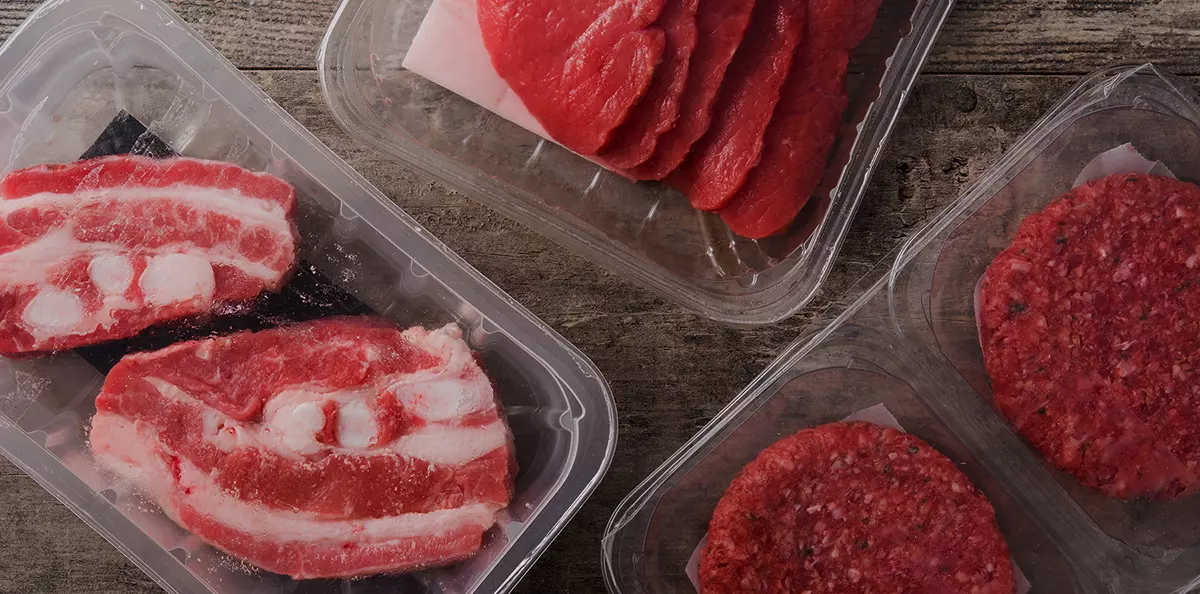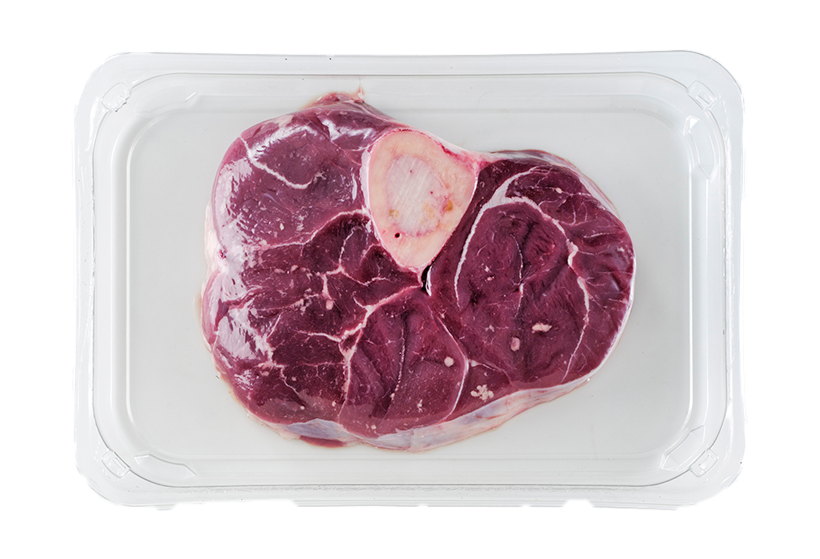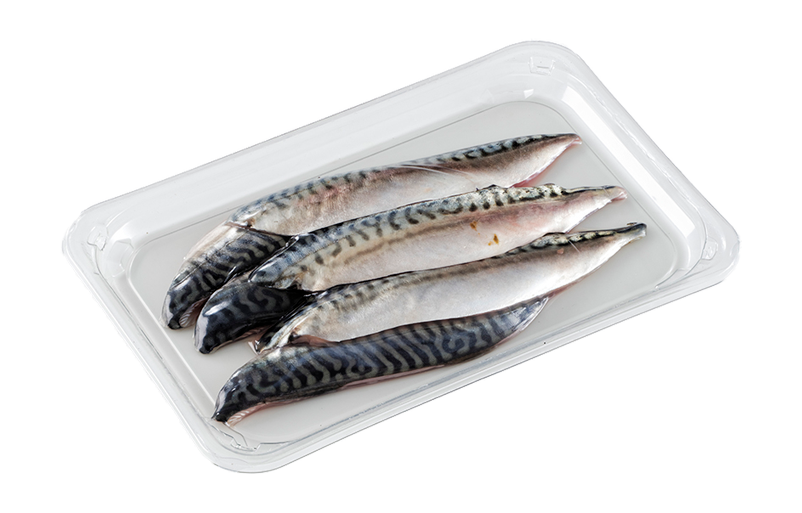Europe, Middle East, Africa (EMEA)
Asia Pacific (APAC)
Americas (AM)
- Vertical Form-Fill-Seal Films
- Barrier Formable Paper Webs
- Overwrap Films
- Pouches range
- Pre-Opened Bags
- Tray Lid Films
- Vacuum Shrink Bags
- Vacuum Skin Packaging
- Bag-in-Box
- Shrinkable Rollstock
- Food Equipment
- AutoWrap Lite system
- Bagging and Loading
- Bag and Pouch Food System
- Bag-in-Box Fillers
- Drying Tunnel
- Food Packaging Shrink Tunnels
- Vertical Form-Fill-Seal Equipment
- Rotating Belt Conveyor
- Soft Vacuum Systems
- Vacuum Chamber Systems
- Vacuum Skin Equipment
- Automated Cartoning
- Automated Mailers
- Bubble Bags
- Bubble Bundles
- Films, Bags, and Pouches
- Foam Moulding Systems
- Construction Solutions
- Inflatable Pillows
- Inflatable Cushioning
- Inflatable Pouches
- Inflatable Cushioning System
- Inflatable Void Fill System
- Instapak® Quick RT®
- Instapak® Foam-In-Bag Systems
- Instapak® Speedypacker®
- Light Cushioning
- Paper Mailers
- Paper Cushioning System
- Manual Paper Void-Fill Solutions
- Paper Void-Fill Systems
- Paper Wrapping Solutions
- Performance Inflatables
- Polyethylene Sheets and Rolls
- Poly Mailers
- Recycled Bubble
- Recycled Inflatable Cushioning
- Suspension & Retention
- Shrink Films
- Recycled Content Inflatable Air Pillows
- Surface Protection Foams
- Temperature Assurance
- Textile Packaging System
- Universal Inflation System
- Aerospace and Defense
- Alternative Proteins
- Apparel and Accessories
- Automotive
- Bakery and Snacks
- Building & Construction
- Cheese & Dairy Foods
- Consumer Goods
- Electronics
- Food & Beverage
- Food Processing
- Food Service
- Fresh Beef, Pork & Lamb
- Fresh Produce
- Frozen Foods
- Healthcare & Pharma
- Industrial Parts
- Manufacturing
- Meal Kit Packaging
- Pet Care
- Poultry Packaging
- Ready to Eat Meals
- Seafood
- Soups, Sauces & Sides
- Liquid Food Products
- IoT Is Transforming Food Manufacturing
- Recycling and Reusing Packaging Materials
- 3 Packaging Mistakes Brands Should Avoid
- Are Your Recycling Efforts a Waste?
- Shippers Beware: Freight Costs Can Cost You Everything
- Sustainability Impact of E-Commerce Packaging
- Return Logistics Help for Online Retailers
- Tackle Dimensional Weight
- Fulfillment Complexity
- Consumers Need a Reset for Recycling
- Challenges of eFood Delivery
- Don’t Let Boxes Ruin Your Brand
- 4 Basic Ways to Improve Unboxing
- E-Commerce Demand Drives Change
- The Changing Face of the Retail Grocery Shopper
- Limited Touchpoints Ease Consumer Concerns
- Case-Ready Packaging Helps Offset Uncertainty
- Paper Remains Top Pick for Recyclable Packaging
- Unsealing Food Technology to Feed the World
- Shipping Trends Favor Parcels, Not Pallets
- Online Shopping Goes High-Tech — and High Risk
- Closing the Loop with Advanced Recycling
- 4 Reasons to Switch From Rigid to Flexible Packaging
- Nordic Food Retail
- EV Charger
- Certificate EN15343 Aneby
- Polyethylene Foams channels
- Polyethylene Foams customers
- Skin Packaging
- Korrvu solutions for packaging
- Meat Packaging Automation
- Bubble Wrap Appreciation Day
- The Environmental Impact of Damaged Products
- Making the Switch to Paper Packaging?
- Are You Ready for Intelligent Automation Solutions?
- Pack Station Solutions
- Solving Complex Fulfillment Challenges
- Let's Be Clear About Single-Use Plastics
- Reducing Food Waste Throughout The Global Supply Chain
- Podcast
- Ensuring Food Safety With CRYOVAC® Brand High-Performance Barrier Packaging
- How to Shift From Pallets to Parcels
- Coronavirus Vaccine and Testing Packaging Solutions
- Switch From Rigid to Flexible Liquid Packaging
- Guide to Packaging Automation
- Sealed Air Sustainable Packaging Guide
- Case-Ready: Ready for Anything
- Recycle-Ready Shrink Bags and Shrinkable Rollstock
- Recyclability Claims: What You Need to Know
- Manufacturer's Guide: Switching From Pallets to Parcels
- 5 Pitfalls to Avoid When Automating Your Packaging Hall

Thought Leadership Article
How European Grocery Retailers are Rethinking Packaging Sustainability
As food retailers across Europe evolve towards circular economies and aim to satisfy growing demands from environmentally conscious shoppers, they are thinking differently about how packaging can improve sustainability.
Stephanie Poole, Senior Business Development & Retail Manager for NW Europe Food Packaging, explains below why supermarkets are developing sustainability strategies that focus on some of the key areas of packaging to reduce waste and carbon emissions more effectively.

A Strategic Shift
Working with a variety of food retailers throughout Europe, we’ve seen a strategic shift in how packaging sustainability is being approached. Previously, conversations and objectives would be heavily influenced by packaging material and how recyclable it is. These remain important considerations but are being balanced alongside four other critical aspects of packaging performance including food protection, shelf life, product presentation and supply chain efficiencies.
Packaging innovations are partly responsible for this changing approach. Recycled plastic content has been utilised in food packaging trays and bottom webs for many years, and developments such as these have inspired retailers to think about other aspects of packaging sustainability. There’s a realisation that if significant gains are being made in using recycled plastic content and recycling, it’s time to consider where else it’s possible to improve resourcefulness.
Food Protection
Advances in recycling and more widely available recycling centres are encouraging a new perception of plastic packaging. The ability to reduce dependency on virgin resources means there’s more willingness to consider plastic as a sustainable choice, when it can be conveniently recycled. In turn, this drives greater interest in the protective performance of plastic packaging and understanding of how this can enhance sustainability.
High-performance food packaging can provide excellent abuse resistance, helping prevent possible rips and punctures during storage, handling, and distribution to protect food against external contaminants. Food packaging solutions also provide a protective barrier against oxygen to safeguard flavour, taste, and overall product integrity. Both levels of protection can help improve sustainability by minimising food wastage caused by spoilage.
Shelf Life
Protection against oxygen plays a significant role in extending the shelf life of food, further reducing wastage, especially during the sale of fresh foods such as meat and proteins. For example, vacuum skin packaging systems include a top web and tray which are heat-sealed together to create a secure, hygienically sealed pack.
This packaging solution locks in freshness by removing oxygen, which can otherwise cause the quality, colour, and taste of meat to quickly deteriorate. This performance can extend shelf life by up to 20 days – double the typical shelf life of ten days provided by alternative Modified Atmosphere Packaging (MAP) systems. This solution supports sales and enhances sustainability by giving food retailers longer timeframes to sell fresh protein products. The opportunity for customers to purchase and consume meat can be maximised, while extending the shelf life reduces waste to landfill.
Product Presentation
High performance food packaging has long been regarded for its branding and merchandising capabilities. If food is well presented within a store, it enhances consumer appeal and boosts sales. Forward-thinking grocery retailers recognise that enhanced product presentation improves sustainability by reducing the potential for waste.
In the fresh aisles in particular, supermarkets are looking for packaging that has anti-fog performance to ensure products stand out on shelf and look appealing in chillers. They are also considering packaging films with high gloss finishes that enhance presentation, as well as tight fitting vacuum skin wraps that reduce overall pack size. Waste-conscious consumers can be put-off by what they perceive to be excessive packaging.
Supply Chain Efficiencies
Smaller, tightly wrapped packs are also favoured by food retailers keen to reduce carbon emissions throughout their supply chains. As an example, MAP systems have been widely used throughout European supermarkets to package meat. Whilst they have advantages in terms of preserving freshness, the packs contain a lot of empty space.
Retailers are rethinking this approach and switching to vacuum skin solutions, which can be gently and tightly wrapped around every contour of the meat. This reduces overall pack sizes - in some cases by up to 50% - allowing retailers to better optimise transportation and chiller space to reduce carbon emissions.
Sustainable retail strategies are fast evolving across Europe. By taking a more considered view of packaging performance, food retailers are able to invest in packaging that supports long-term goals to improve resourcefulness.

Product Presentation
High performance food packaging has long been regarded for its branding and merchandising capabilities. If food is well presented within a store, it enhances consumer appeal and boosts sales. Forward-thinking grocery retailers recognise that enhanced product presentation improves sustainability by reducing the potential for waste.
In the fresh aisles in particular, supermarkets are looking for packaging that has anti-fog performance to ensure products stand out on shelf and look appealing in chillers. They are also considering packaging films with high gloss finishes that enhance presentation, as well as tight fitting vacuum skin wraps that reduce overall pack size. Waste-conscious consumers can be put-off by what they perceive to be excessive packaging.



